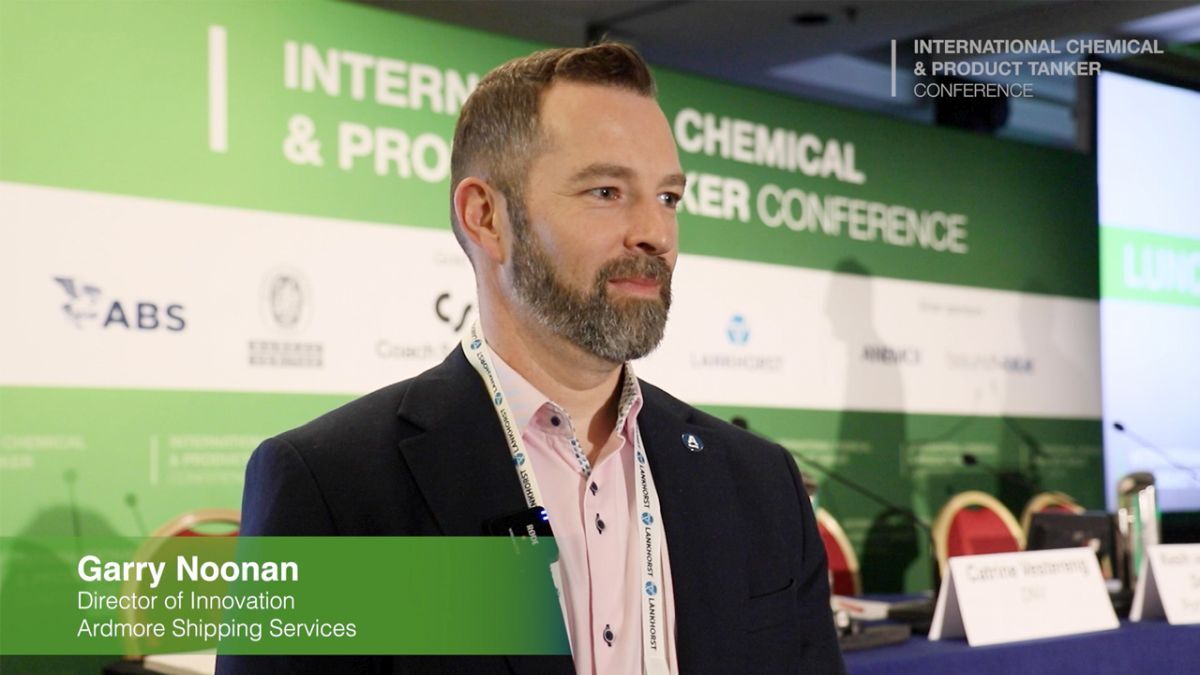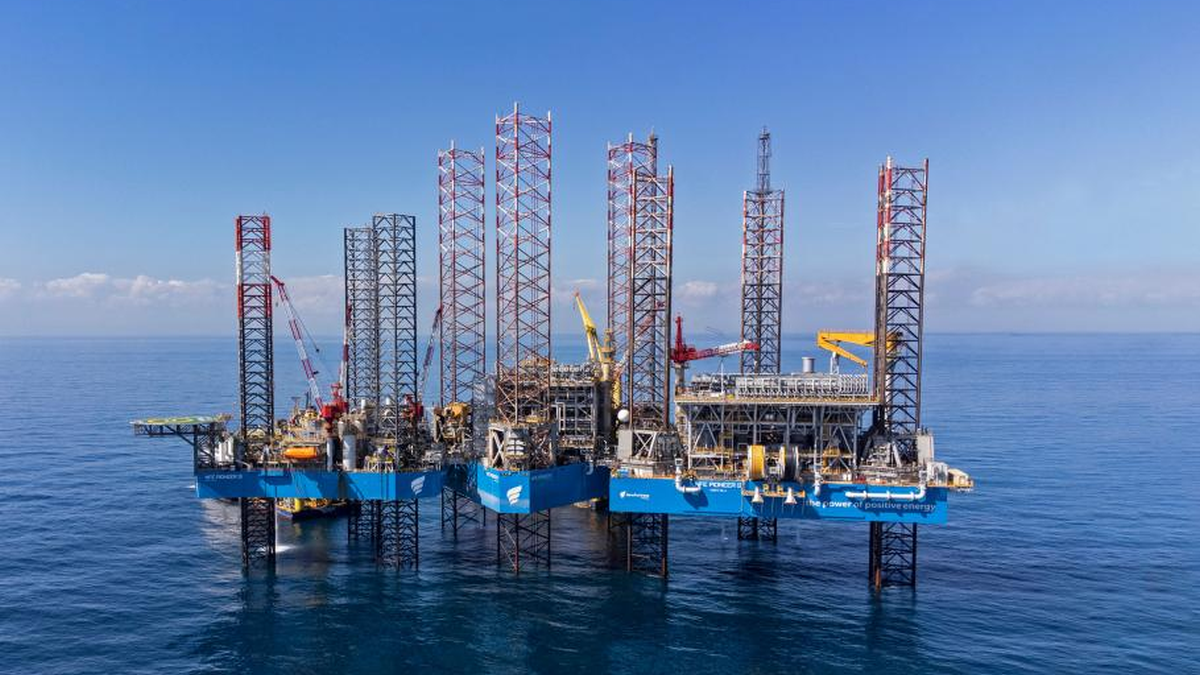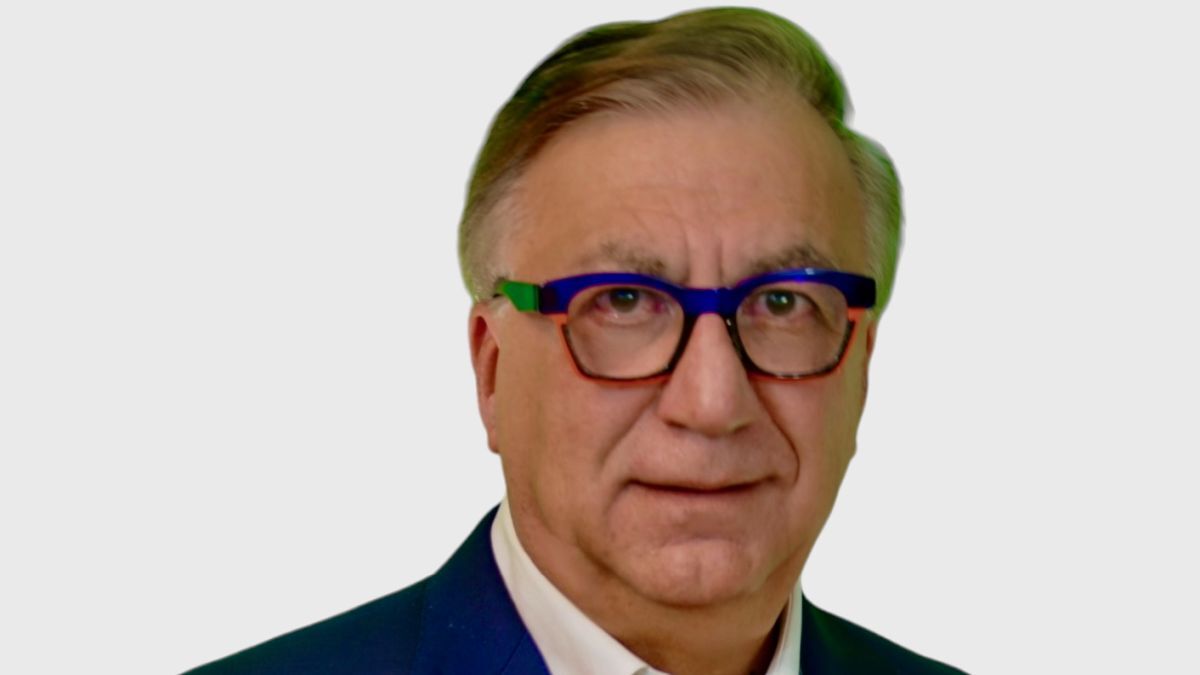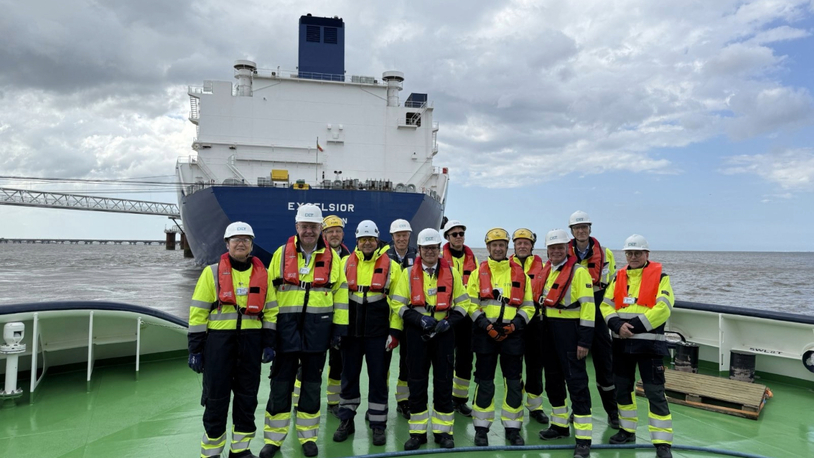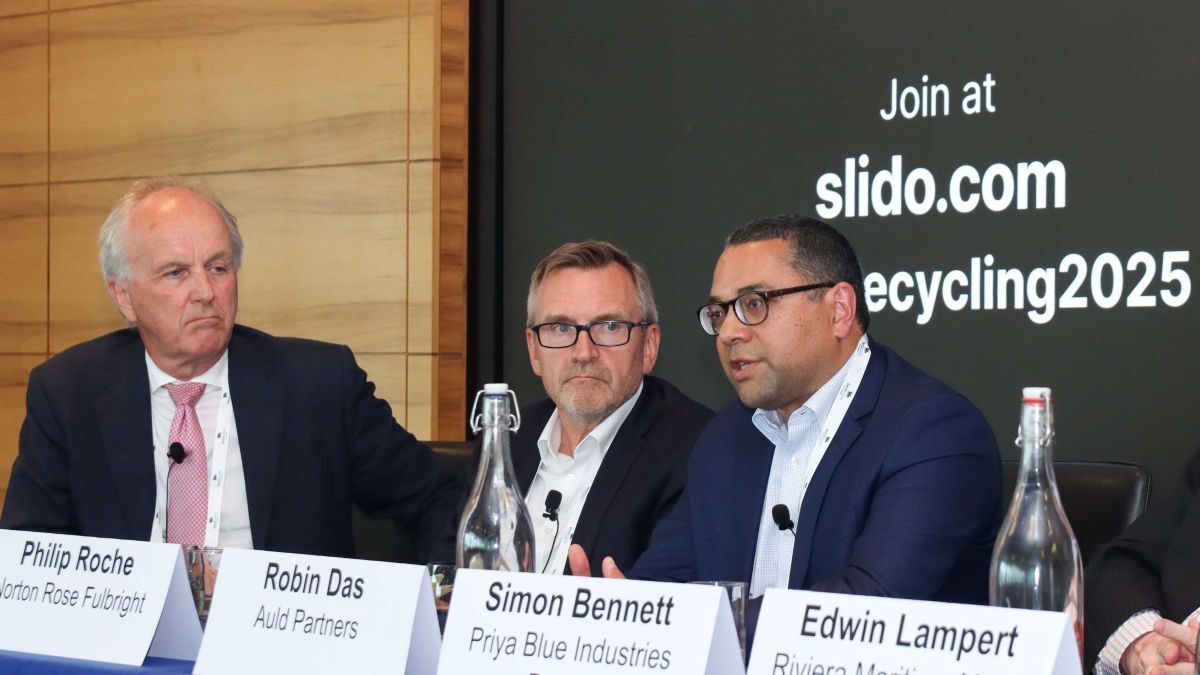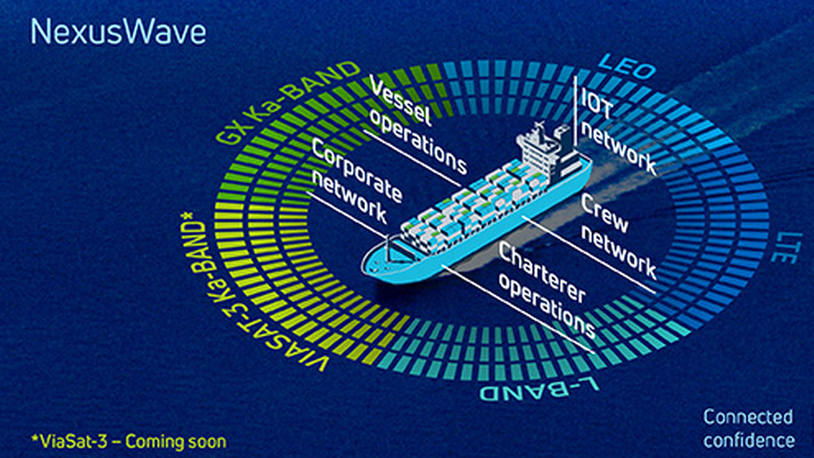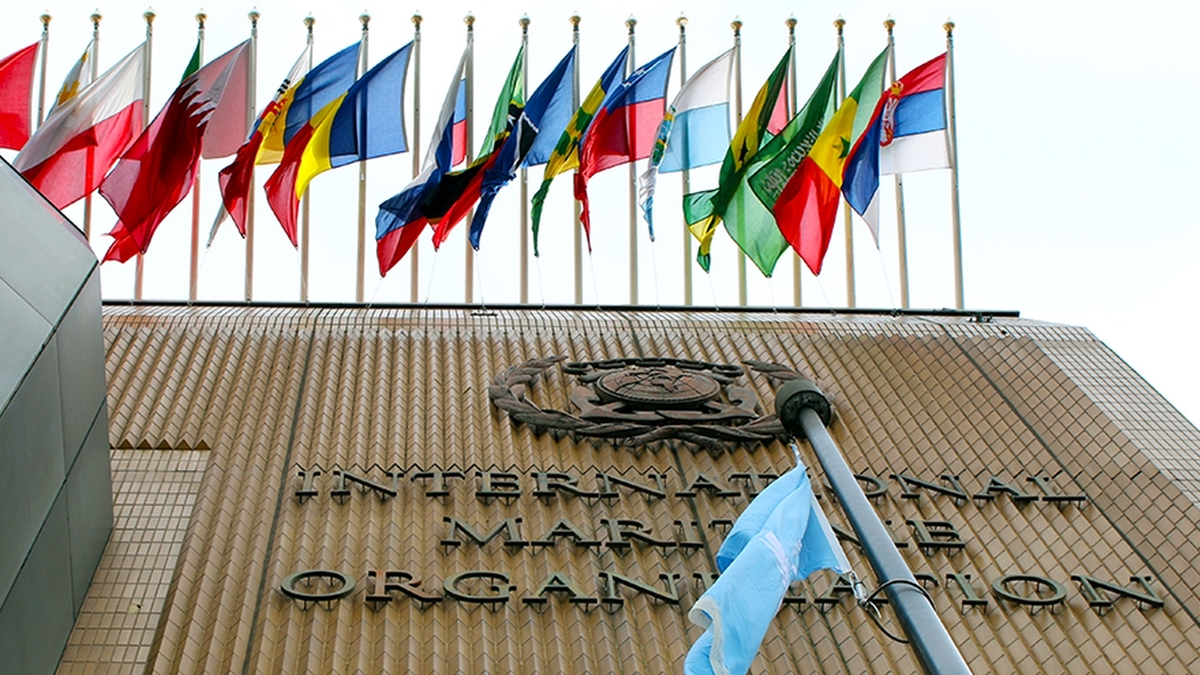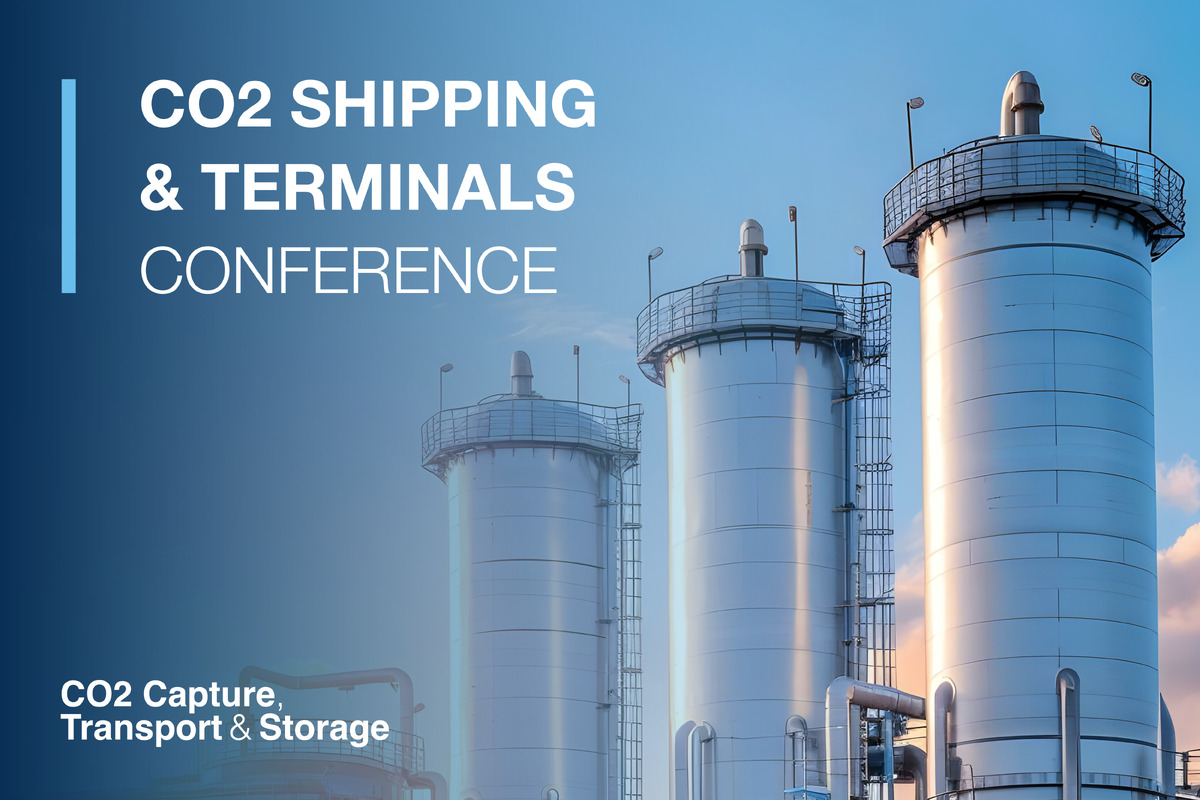Business Sectors
Contents
Flex LNG set to open up new LNG sources
The new M-Flex producer vessels from Flex LNG will enable the development of offshore gas fields previously considered non-viable
The new M-Flex producer vessels from Flex LNG will enable the development of offshore gas fields previously considered non-viable
By any yardstick 2007 was a remarkable year for Flex LNG Ltd. The company ordered three of its 170,000m3 M-Flex LNG vessels at Samsung Heavy Industries, two in March and one in October, and announced likely employment for at least two of the ships as floating LNG production vessels in two separate projects.
The design of the M-Flex is such that the vessel can be configured in a variety of ways, including as a conventional LNG carrier and as a floating storage and regasification unit (FSRU). However, the application that makes the most commercial sense is the utilisation of the ship as an LNG floating production, storage and offloading (FPSO) vessel, or LNG Producer (LNGP), as Flex LNG has called it.
The use of the M-Flex as an LNGP enables the development of remote or marginal offshore gas fields considered uneconomical to develop as part of a conventional LNG project. The LNGP obviates the need for an onshore liquefaction plant, the large LNG carriers that serve it and the pipeline link to the subsea gas-gathering network. Flex LNG points out that LNGPs can source gas directly from literally hundreds of potential offshore locations worldwide where natural gas is currently either left stranded or is being flared.
In the guise of an LNGP the M-Flex vessel will be able to help the LNG industry tackle its principal bottlenecks which are access to adequate supplies of gas and the availability of sufficient liquefaction capacity. The M-Flex has room to accommodate a medium-scale liquefaction plant on deck to enable the production of moderate volumes of LNG at locations relatively close to market. The dual-fuel diesel electric power plants that the vessels are being provided with are capable of such liquefaction rates. In addition, they can be supplemented with modular, containerised power packs to boost output capacity if necessary.
Flex LNG signed up for the first of its two possible LNGP projects in August 2007, concluding a memorandum of understanding (MOU) with a leading international energy corporation for a floating liquefaction scheme that will employ at least one of the M-Flexes on order at Samsung. The LNGP will have an annual liquefaction capacity of approximately 1 million tonnes per annum (mta) and the unit will be employed on a long-term contract in the Australasia region, to commence immediately after delivery of the LNGP in 2011.
Then, in November 2007, a further MOU was signed, with Peak Petroleum Industries Nigeria Ltd for the joint development of the Bilabri and Orobiri natural gas reserves in Nigeria, again using an LNGP. This project will also have an annual production capacity of at least 1 mta and Peak Petroleum envisages the use of vessel in a producing role for up to 15 years, again commencing in 2011.
Commenting on the signing of the Peak Petroleum MOU, Philip Fjeld, Flex LNG’s chief executive officer, said, “We are pleased to be taking this second big step forward in our quest to provide the world with available LNG volumes in 2011. This latest MOU demonstrates to the market that Flex LNG, together with leading partners and an innovative mind set, both technically and commercially, is able to secure the gas supply to develop what will be Africa’s first floating LNG project. It also shows that LNG schemes in Nigeria do not necessarily have to be onshore.”
Flex LNG is now working with its partners towards securing the necessary LNG offtake agreements and aims to reach final investment decisions for both its Pacific Basin and Atlantic Basin LNGP projects in 2008. All three LNGPs are due for delivery from Samsung in 2011 which puts Flex LNG amongst the front runners striving to become the first operator of an LNG FPSO.
“The growth of the LNG industry is hampered by the massive cost escalation now facing the large onshore liquefaction developments,” adds Mr Fjeld. “The most recently announced liquefaction projects have been concluded with a capex commitment of more than US$1,000 per tonne of annual LNG production capacity.
“Flex LNG’s capex is in the range of US$450-500 per tonne of annual LNG production capacity, even though our system only has about 20 per cent of the annual production capacity of the shore-based liquefaction trains now being built. The LNG industry needs to think outside the box and add flexibility to the value chain in order to find economically efficient solutions to meet the increasing global demand for LNG. This is what Flex LNG is all about.”
The flexibility inherent in the M-Flex design of LNG carrier is dependent, to a considerable extent, on the utilisation of the self-supporting, prismatic, IMO Type B (SPB) cargo containment system developed some years ago by IHI of Japan. SHI is a licensee of the SPB system and has been working closely with IHI to refine and improve the system. SHI has also developed a similar, close relationship with Flex LNG over the past year, as the M-Flex project has progressed. The project has benefited from SHI’s skills in the construction of not only LNG ships but also floating units of various types. The SHI LNGPs are to be built with stainless steel cargo tanks and their construction is such that all cargo tank fill levels will be able to be accommodated without restriction.
The liquefaction plants on the M-Flex LNGPs will utilise the proven nitrogen expander cycle, a robust and flexible natural gas liquefaction technology. Gas loading will be carried out through a disconnectable submerged buoy/trunk system in the bows of the vessels. LNGPs can be provided with either a bow-to-stern or a side-by-side transfer system for offloading LNG to shuttle tankers. The choice will depend on the circumstances of the project and the weather conditions to which the local marine environments are prone.
Flex LNG has been marketing the M-Flex concept only since 2006, the year of its incorporation. The company has teamed up with a number of leading industry players, including the Galway Group, a Houston-based LNG consulting firm, shipbroker Barry Rogliano Salles (BRS) of Paris and Bernhard Schulte Shipmanagement. The latter’s LNG specialists are assisting with the supervision of construction of the initial M-Flex vessels at SHI.
The founder members of Flex LNG have a background in LNG shipowning, ship classification and international investment banking. Philip Eystein Fjeld, commercial director and overall coordinator of the Flex LNG project team, was formerly commercial manager with Höegh LNG in Oslo. Another former Höegh LNG employee is Dr Trym Tveitnes, Flex LNG’s technical director. The third founder member is financial director Jostein Ueland whose career includes time with the Investment Management Division of Goldman Sachs International in London. LNG
Related to this Story
Events
Reefer container market outlook: Trade disruption, demand shifts & the role of technology
Asia Maritime & Offshore Webinar Week 2025
Marine Lubricants Webinar Week 2025
CO2 Shipping & Terminals Conference 2025
© 2024 Riviera Maritime Media Ltd.



